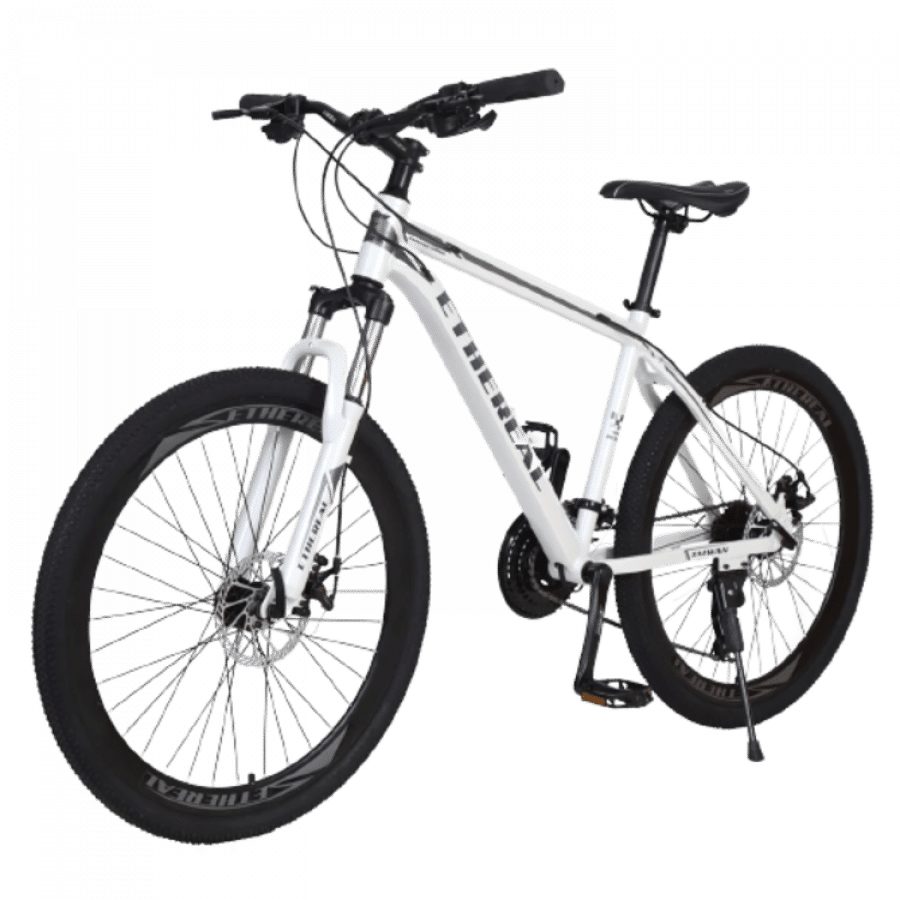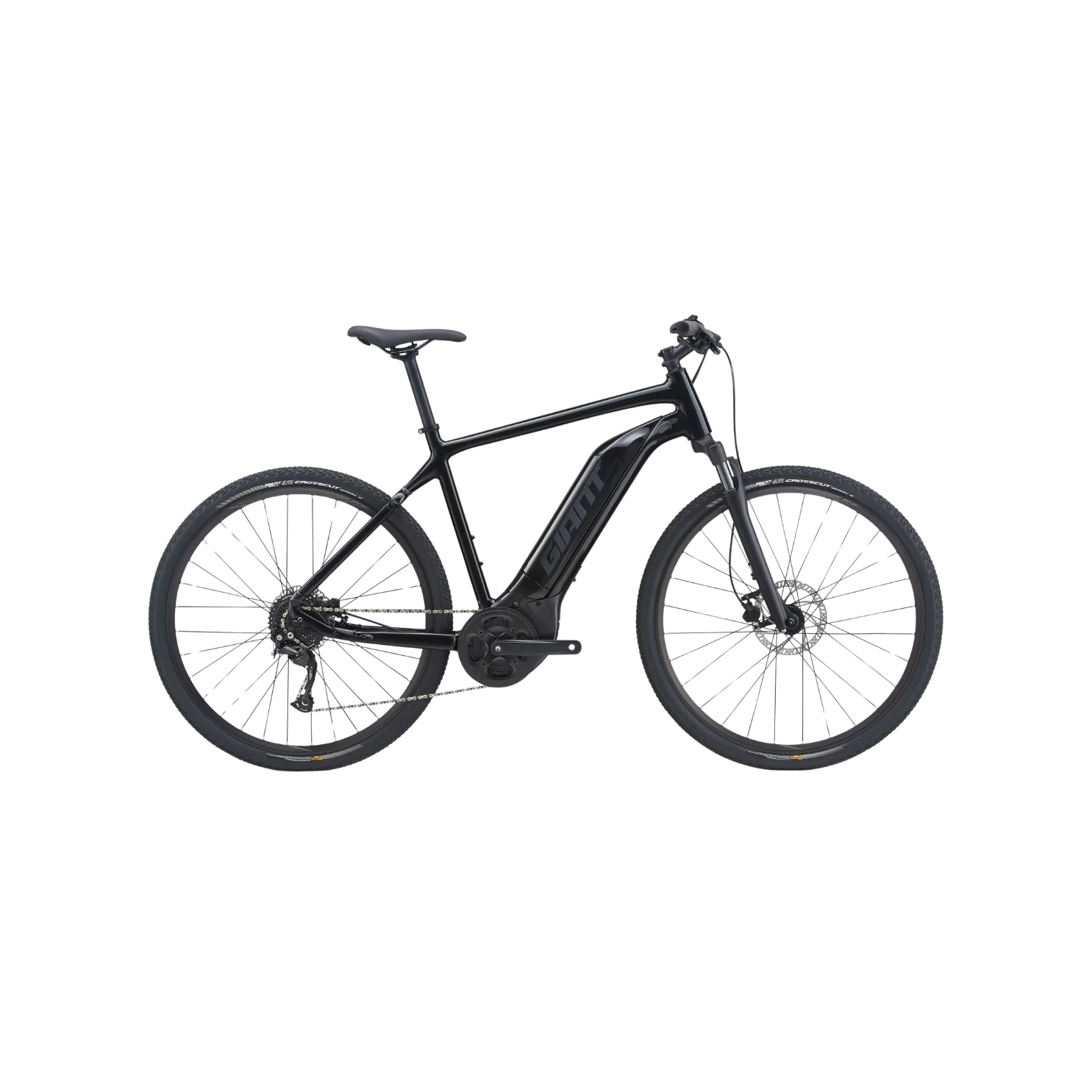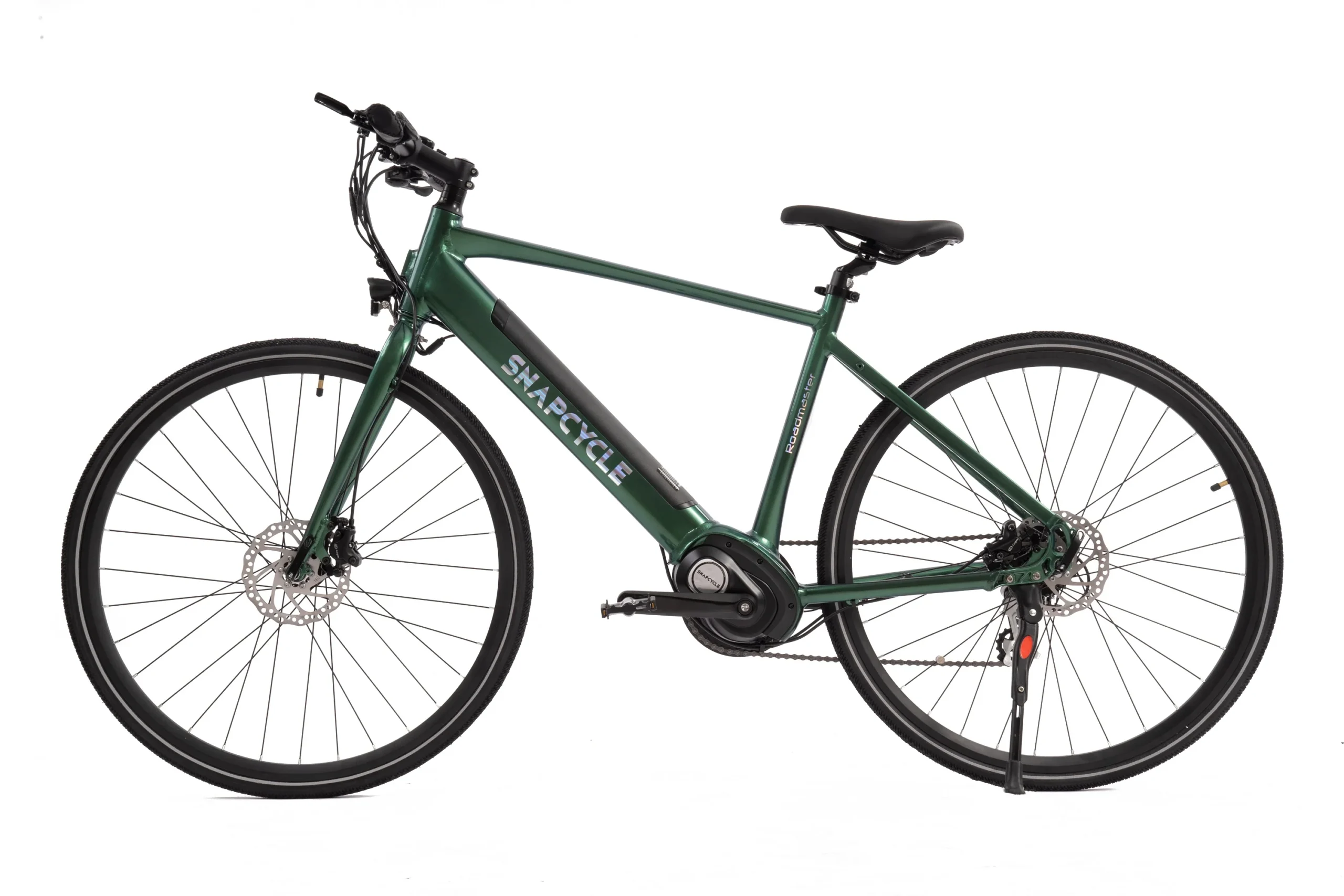Electric Mountain Bikes
Explore electric mountain bikes designed for Malaysia’s diverse terrains. Whether you’re hitting rugged off-road trails or navigating the urban jungle, our electric mountain bike offers the perfect blend of power, durability, and innovation.





